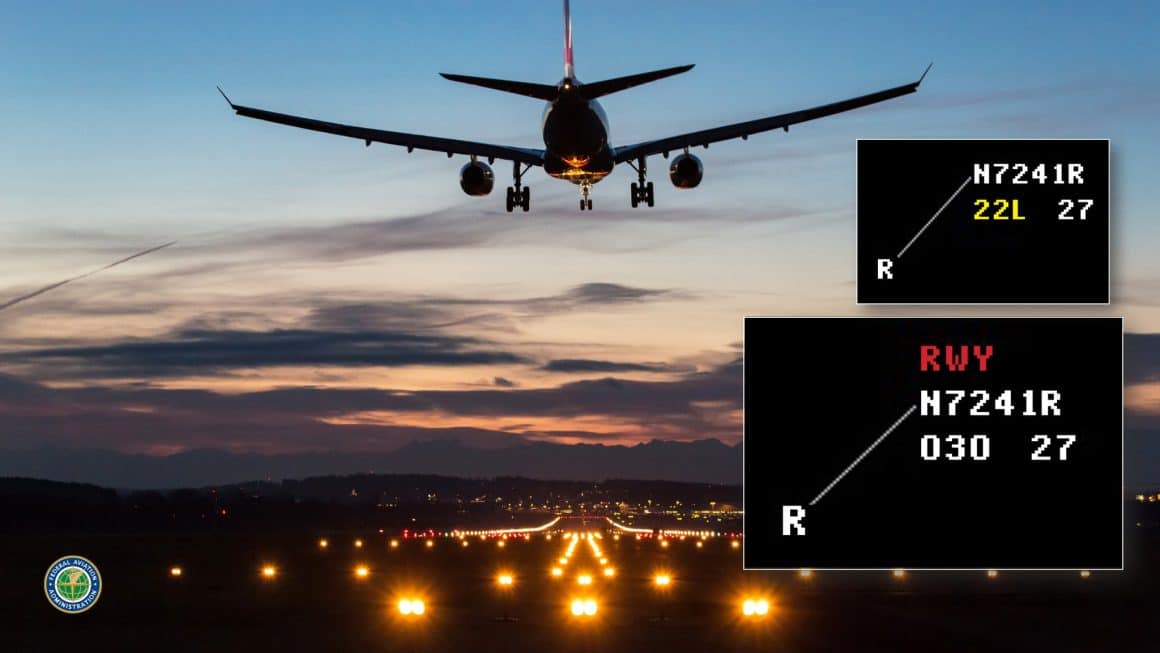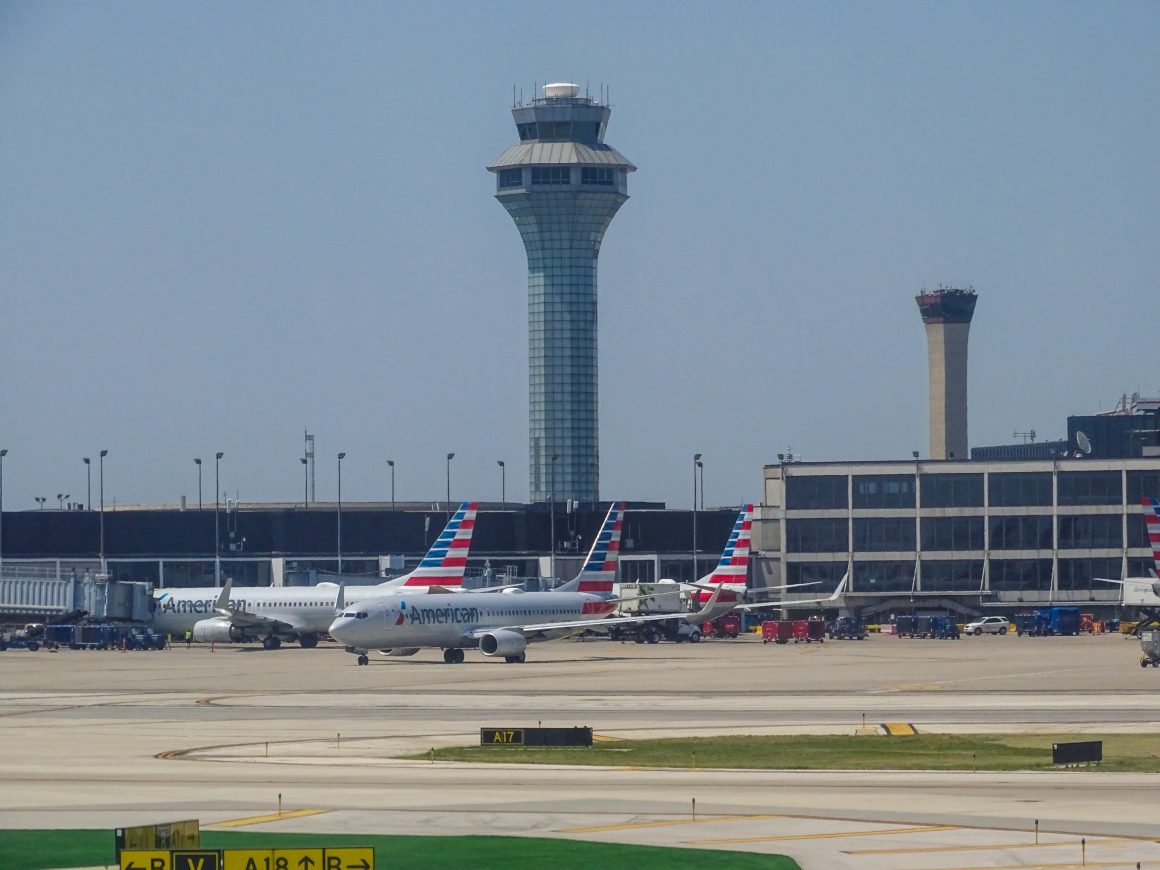On 16 May 2024, President Joe Biden signed into law the bipartisan FAA Reauthorization Bill of 2024. The legislation promises to make American airspace safer and introduce robust protections for passengers and airline employees alike.
Stemming from the turbulence in the aviation industry post-COVID-19, this legislation addresses various issues plaguing passengers, airlines, and regulatory bodies.
Among its many provisions, the decision not to raise the mandatory retirement age for pilots stands out as one of the most contentious and discussed outcomes.
Origins and Key Provisions of the FAA Reauthorization Bill

The FAA Reauthorization Bill’s origins date back to the chaotic post-pandemic period. In 2022, passengers faced significant issues with refunds amidst widespread travel disruptions. The new law empowers passengers by ensuring automatic refunds if they decline an airline’s booking request or fail to respond. This provision is part of President Biden’s broader campaign against “junk fees.”
Key highlights of the bill include:
- Prohibition of airlines from charging families to sit together
- Introduction of 25-hour cockpit recording devices
- Raising the maximum civil penalties for airline consumer violations from $25,000 to $75,000 per violation
- Increased oversight on aircraft production, enhancing factory inspections and FAA safety standards
- Allocation of funds to hire and train FAA air traffic controllers, addressing a current shortage of 3,000 positions
- Strengthening airport infrastructure at medium to large hub airports to mitigate near-collisions on runways
- Reauthorization of over $105 billion in funding for the FAA and $738 million for the National Transportation Safety Board (NTSB) through 2028
- Allowance for an increase of five additional roundtrip slots for long-distance flights (>1,250 miles) at Ronald Reagan Washington National Airport (DCA)
- Postponement of environmental efficiency rules for Boeing’s 767F production until 2033
President Biden hailed the bill as a significant (and rare) bipartisan victory.
“The bipartisan Federal Aviation Administration reauthorization is a big win for travelers, the aviation workforce, and our economy,” said Biden. “It will expand critical protections for air travelers, strengthen safety standards, and support pilots, flight attendants, and air traffic controllers.”
The Debate Over Pilot Retirement Age

One of the bill’s most significant and hotly debated outcomes is the decision not to increase the mandatory retirement age for pilots from 65 to 67. This decision follows years of intense debate over the benefits and drawbacks of raising the age limit.
The current retirement age of 65, established in 2007 after being raised from 60, aligns with international standards. The Air Line Pilots Association (ALPA), representing 77,000 pilots across 43 U.S. and Canadian airlines, staunchly opposed the increase. It argued that raising the retirement age would introduce unnecessary logistical challenges and safety risks.
“This legislation is a solution in search of a problem. Raising the retirement age would only increase costs for airlines, worsen the post-COVID training backlog by using much-needed training cycles to train pilots over 65 who would be limited to domestic operations, and introduce unnecessary risks to passengers and crew alike. That’s why major airlines and a significant majority of pilots and passengers oppose this move. We are disappointed by the introduction of this misbegotten bill that betrays an understanding of how the airline industry works and will create more problems for air travel.”
ALPA PRESS RELEASE | 24 March 2023
As recently as 2022, ALPA adopted a resolution opposing any future attempts to increase the retirement age for airline pilots.
Regarding the passage of the Reauthorization Bill, ALPA President, Capt. Jason Ambrosi, praised the decision, stating, “We are grateful for the overwhelming bipartisan support in the House and Senate, and for the thousands of ALPA members who worked tirelessly to ensure this deal maintains our world-leading pilot-training standards and rejects attempts to arbitrarily raise the pilot retirement age, which would have introduced uncertainty into the U.S. aviation system and interfered with collectively bargained agreements.”
The 1,500-Hour Requirement Stays Intact

Safety concerns have been central to the debate on pilot retirement age. Following the 2009 crash of Colgan Air Flight 3407 near Buffalo, which resulted in the deaths of 50 people, the FAA enacted more stringent pilot training requirements. These include a controversial 1,500-hour flight training requirement for pilots, a standard that remains in place with the new legislation.
The bill also maintains other critical safety measures, such as enhancing runway and airport alerting systems, establishing secondary barriers for existing passenger aircraft, and creating a standardized system for reporting smoke and fume events.
Addressing the Pilot Shortage Debate

The issue of pilot shortages has been a contentious point in discussions about raising the retirement age. ALPA has clashed with the Regional Airline Association (RAA) over the issue of pilot shortages in the United States. ALPA asserts that there is no current shortage of pilots and argues that “special interest groups” like the RAA are compromising safety by pushing for an increase in the retirement age. They cite FAA data, showing that 11,225 airline pilot certificates were issued in 2023, surpassing any forecasts and meeting demand.
In response, the RAA accused ALPA of cherry-picking data, pointing out that while the FAA did, in fact, certify 11,225 pilots in 2023, major airlines hired 12,193 pilots, resulting in a shortfall of 968 pilots. The RAA emphasized that this shortfall follows an even more significant gap in 2022 when major airlines hired 13,128 pilots, but only 9,491 new pilots were qualified. Consequently, the shortage of at least 4,605 pilots led to the grounding of over 400 aircraft and 317 U.S. airports losing an average of 25% of their flights, with more than 40 airports losing over half their flights and 12 airports losing all air service1.
Ambrosi questioned the RAA’s motives, noting that raising the retirement age would have minimal impact on regional airlines.
“Maybe fifty pilots at the regionals would be able to continue flying,” he told Forbes in February.
Historical Context of Pilot Retirement Age

The regulation of pilot retirement age has a long history.
The first age limit of 45 years was set in 1919 by the International Commission for Air Navigation. This restriction was lifted in 1947 when the International Civil Aviation Organization (ICAO) took over regulatory responsibilities.
In the 1950s, U.S. airlines pushed for a mandatory retirement age, which was set at 60 in 1959. This was one year after the FAA’s creation. The International Air Transport Association (IATA) also adopted the age 60 retirement rule in 1963.
In 2006, the ICAO raised the retirement age to 65 for multi-crew operations. The caveat was that the second crewmember must be under 60. The U.S. adopted this standard in 2007.
Although Settled For Now, the Debate Will Continue On
The FAA Reauthorization Bill of 2024 represents a comprehensive effort to enhance aviation safety, protect passengers, and address workforce challenges in the aviation industry. By maintaining the current retirement age for pilots, the bill preserves international standards and avoids potential disruptions and safety concerns raised by ALPA and other stakeholders.
As the aviation industry continues to recover from the impacts of the COVID-19 pandemic, the provisions in this bill will play a crucial role in ensuring the safety, efficiency, and reliability of air travel in the United States. The decision to keep the pilot retirement age at 65 reflects a commitment to maintaining high safety standards and addressing the industry’s nuanced challenges.
While the decision not to raise the pilot retirement age was controversial, proponents believe it underscores the importance of maintaining rigorous safety standards and avoiding unnecessary risks.
Most importantly, they say, it solidifies the United States’ position as the global leader in aviation safety.
What do you think? Do you agree with the decision to keep the mandatory pilot retirement age at 65? Let us know. We would love to hear your thoughts!
1. Data courtesy of Future & Active Pilot Advisors (fapa.aero)
